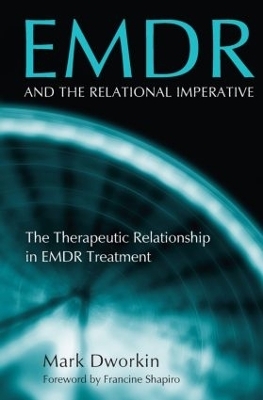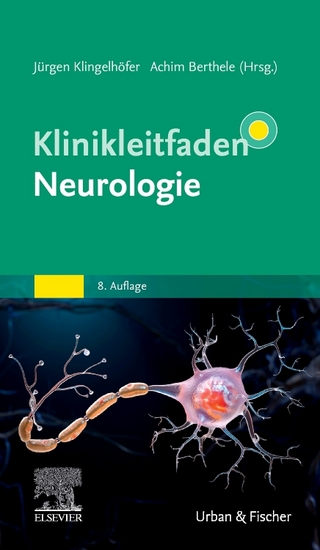
EMDR and the Relational Imperative
Routledge (Verlag)
978-0-415-86112-0 (ISBN)
In this groundbreaking work, Mark Dworkin, an EMDR teacher, facilitator, and long-time practitioner, explores the subtle nuances of the therapeutic relationship and the vital role it plays in using Eye Movement Desensitization and Reprocessing (EMDR) with traumatized clients. Showing how relational issues play a key role in each phase of EMDR treatment, the author provides tools for the therapist to more efficiently apply this method in the treatment of trauma victims and form a stronger and healthier relationship with the patient. A standard reference for all practitioners working to heal the wounds of trauma, this book will be an essential resource for the effective application of EMDR.
Mark Dworkin, CSW, LCSW, is currently a Senior Facilitator at the EMDR Institute, maintains a private practice in East Meadow, New York and is a Diplomate in Clinical Social Work (NASW) and a Diplomate and Past President of the Nassau County chapter of the New York State Society for Clinical Social Work. Mr. Dworkin currently serves on the Board of Directors of the Eye Movement Desensitization and Reprocessing International Association (EMDRIA).
Shapiro, Foreword. Preface. Acknowledgements. The Relational Imperative in EMDR. The Therapeutic Relationship and its Underlying Neurobiology. Using EMDR Relationally in Daily Clinical Practice. Phase One: Client History Taking and Treatment Planning (Trauma Case Conceptualization). Phase Two: Client Preparation (Testing Affect Tolerance and Body Awareness). Phase Three: Assessment (Trauma Activation Sequence). Phase Four: Desensitization (Active Trauma Processing). Counter-transference, Transference and the Intersubjective. The Relational Interweave and Other Active Therapeutic Strategies. Phase Five: Through Phase Eight: Installation (Linking to the Adaptive Perspective), the Body Scan (Intensive Body Awareness) Closure (Debriefing), and Re-evaluation. Appendix A: Trauma, PTSD, and Complex PTSD. Appendix B: The EMDR International Association and the Definition of EMDR. Appendix C: Myths and Realities about EMDR. Appendix D: EMDR Clinical Applications for Diverse Clinical Populations. Appendix E: Confusion Regarding Research on EMDR. Appendix F: Trauma Case Conceptualization Questionnaire. Appendix G: Clinician Self-awareness Questionniare. Appendix H: International Treatment Guidelines and EMDR Research. Appendix I: EMDR Clinician Resources: The Humanitarian Assistance Program. Glossary. References. Notes. Index.
| Zusatzinfo | 1 Tables, black and white |
|---|---|
| Verlagsort | London |
| Sprache | englisch |
| Maße | 152 x 229 mm |
| Gewicht | 430 g |
| Themenwelt | Geisteswissenschaften ► Psychologie |
| Medizin / Pharmazie ► Medizinische Fachgebiete ► Neurologie | |
| Medizin / Pharmazie ► Medizinische Fachgebiete ► Notfallmedizin | |
| Medizin / Pharmazie ► Medizinische Fachgebiete ► Psychiatrie / Psychotherapie | |
| Sozialwissenschaften ► Soziologie | |
| ISBN-10 | 0-415-86112-8 / 0415861128 |
| ISBN-13 | 978-0-415-86112-0 / 9780415861120 |
| Zustand | Neuware |
| Haben Sie eine Frage zum Produkt? |
aus dem Bereich


